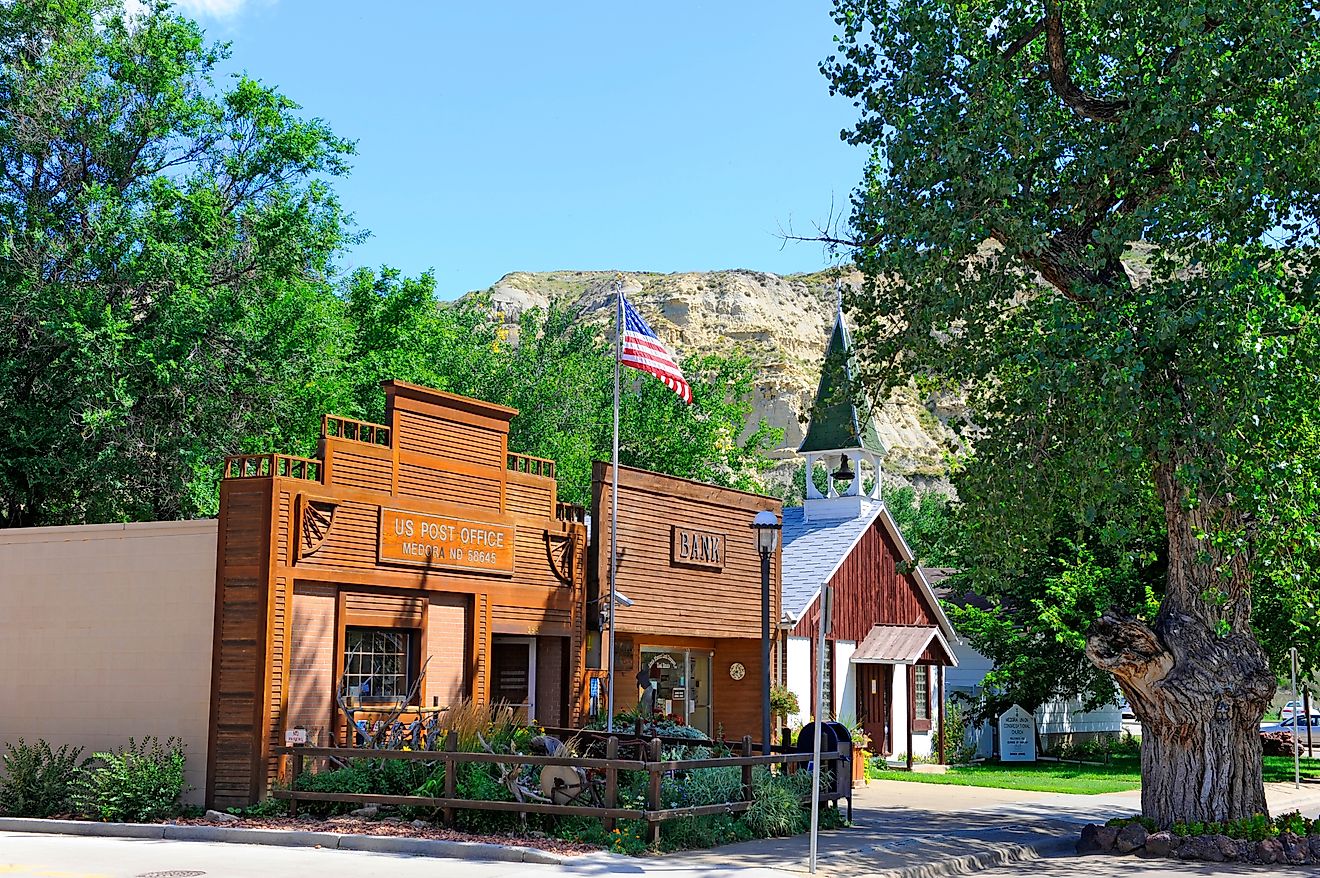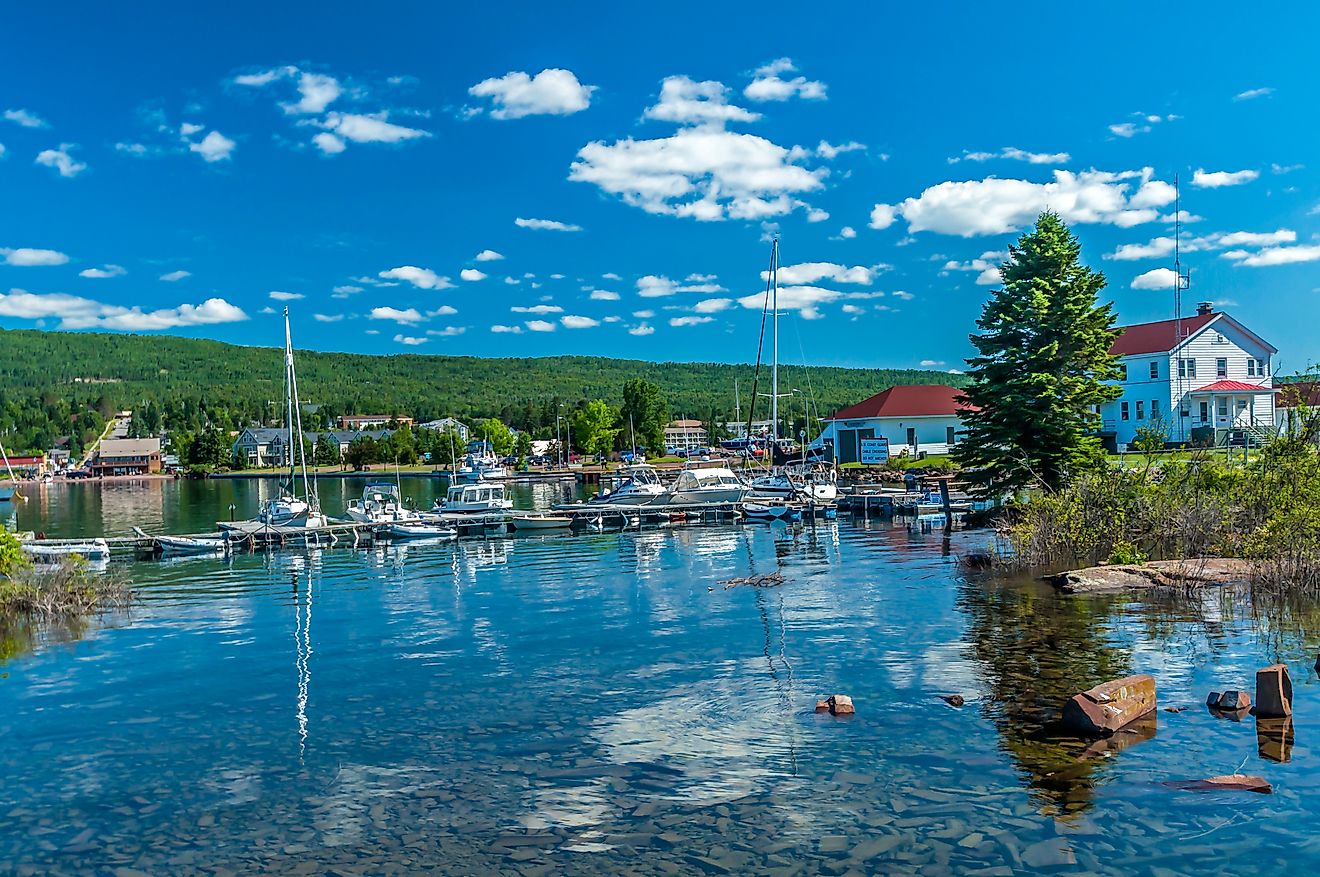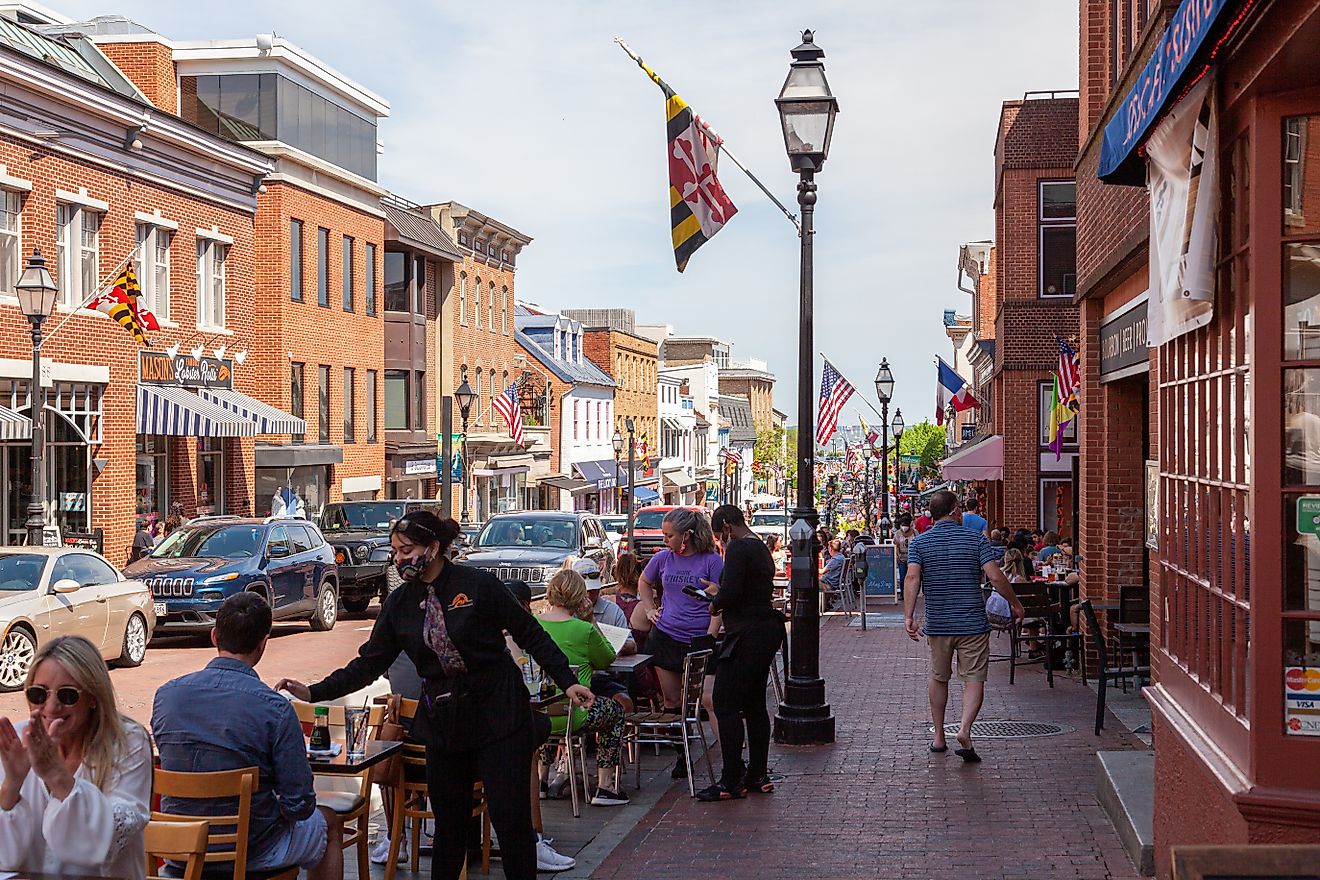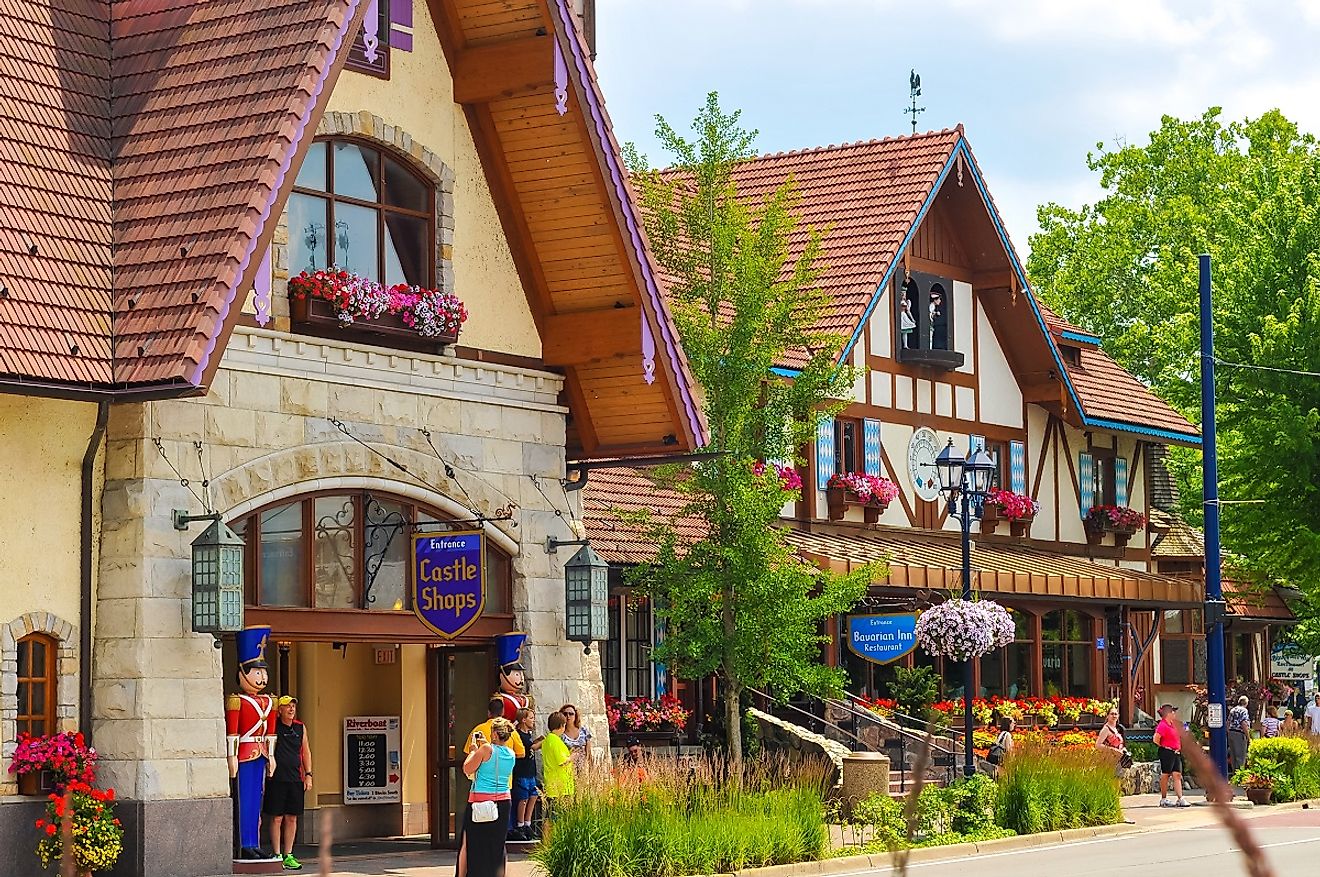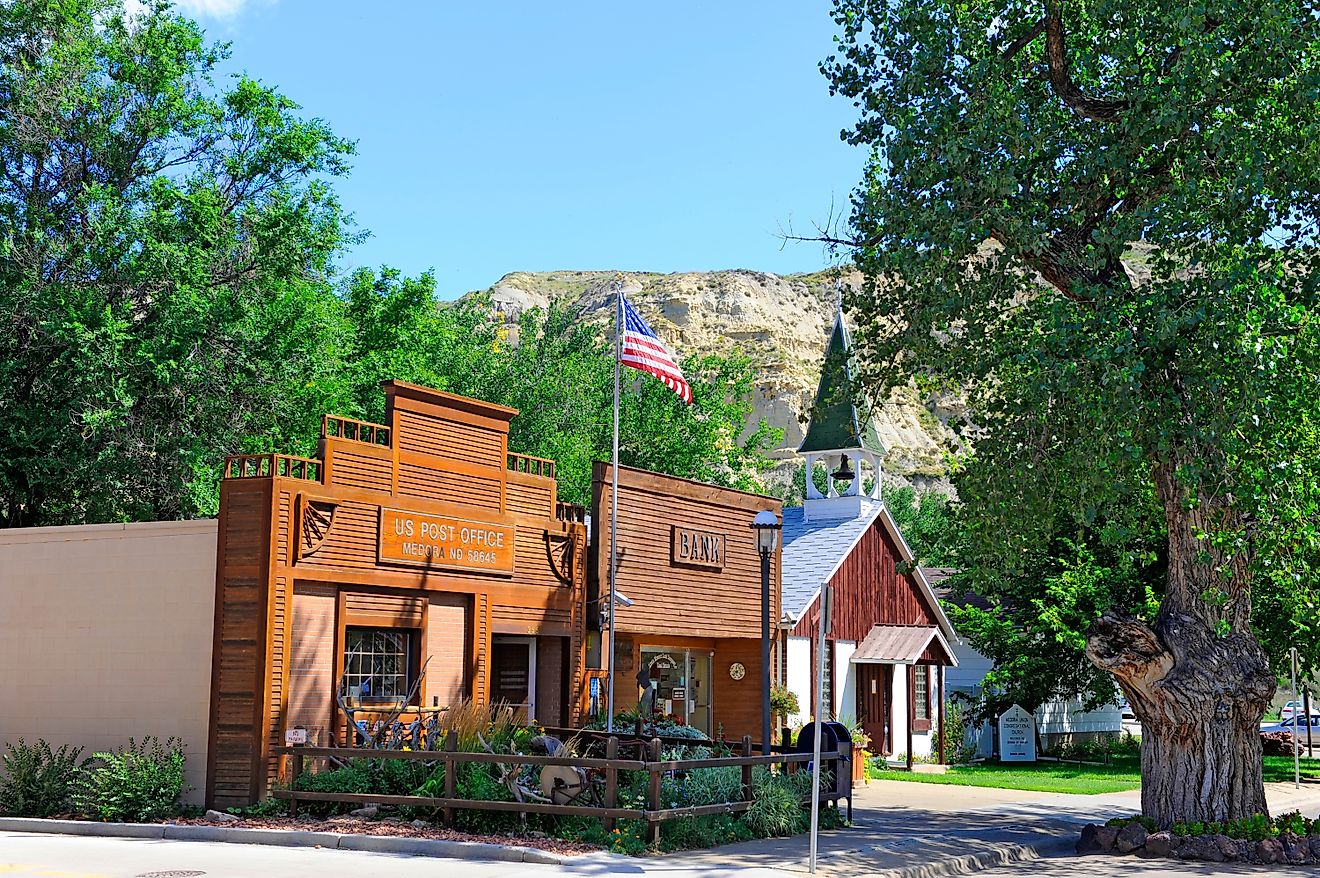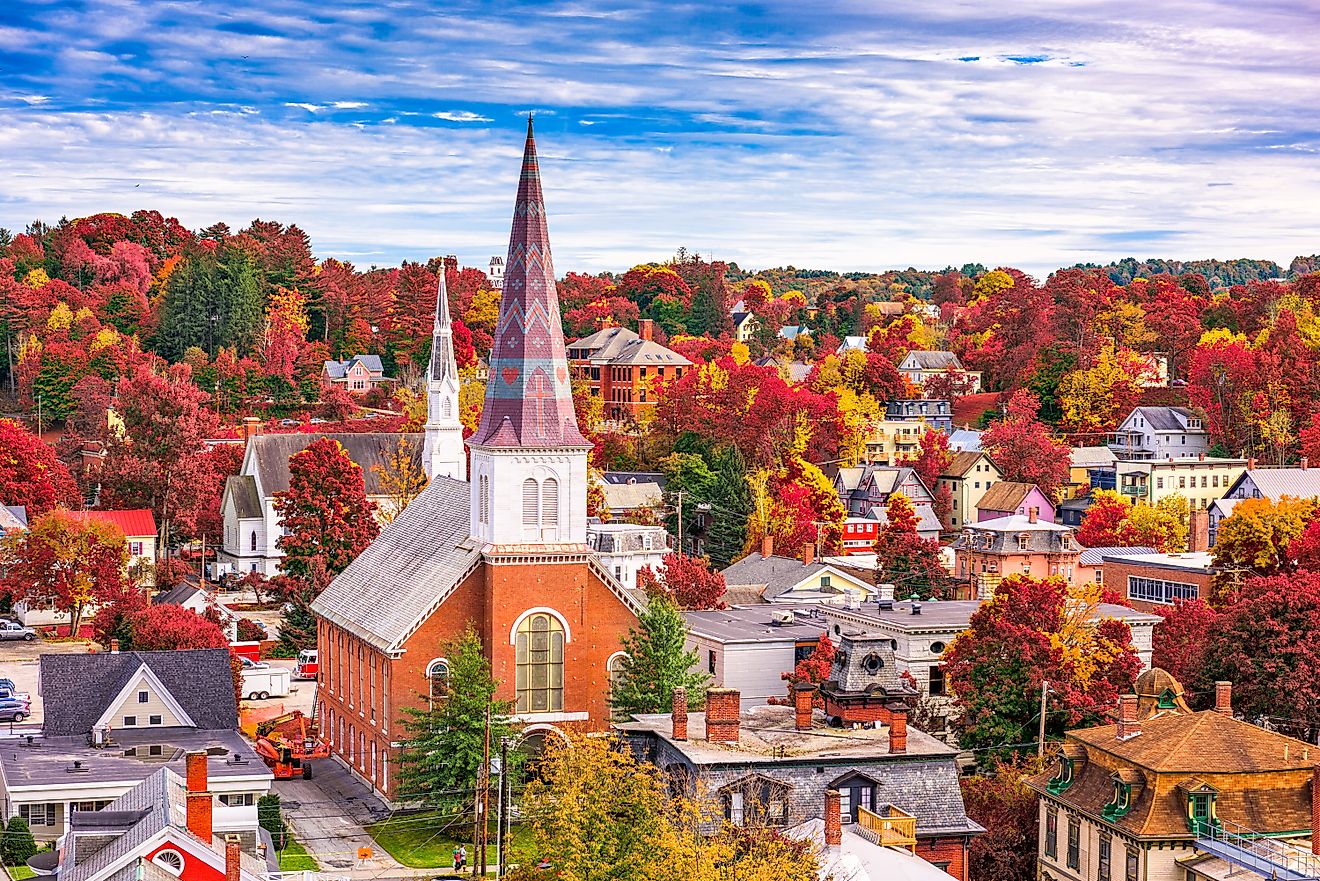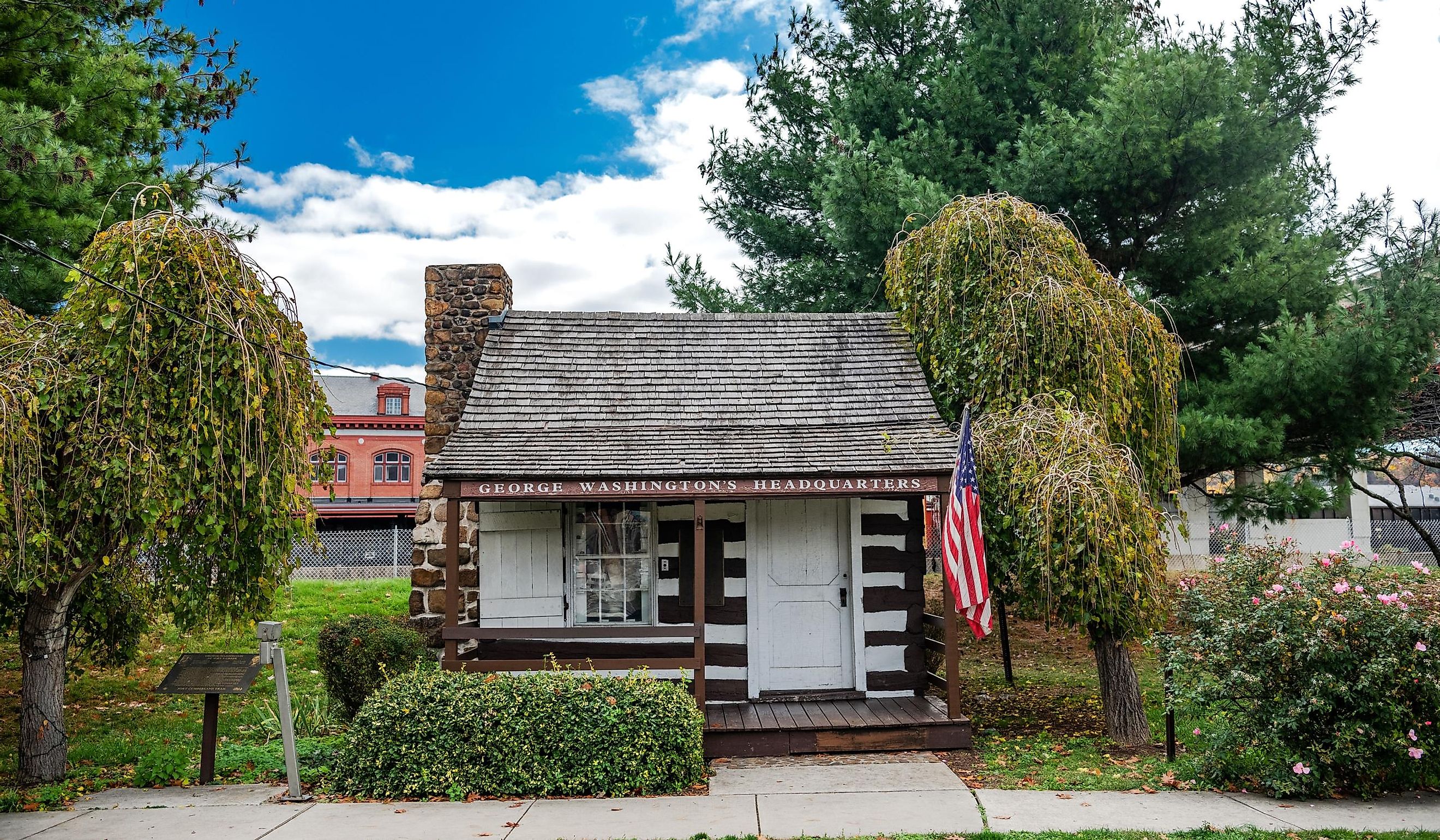
These Historic Towns in Maryland Are Worth Exploring
The state of Maryland lies along the eastern seaboard of the United States. The stories of the peoples that shaped this region are a patchwork of early colonial and American narratives. Originally a colony (named after the wife of King Charles I of England), the future US state went on to have a proud, patriotic history that helped birth a unique experiment in freedom and self-governance. During the Revolution, a group of soldiers that became known as the Maryland 400 sacrificed themselves so that George Washington and his men could retreat. This act symbolized the commitment to liberty that is the spirit of Maryland. Several signers of the Declaration of Independence lived here.
The state is also home to the United States Naval Academy. Tour some of the oldest and most historic towns in Maryland that abound with charm and are abundant in heritage, not to mention all the local attractions that should land these towns squarely on one’s must-see list.
Annapolis

Nested along the Chesapeake Bay, Annapolis is a town brimming with American pride and heritage. The sweeping waterfront views, charming cobblestone streets, and colonial architecture make for a picture-perfect setting. Founded in the mid-1600s, Annapolis is also home to the United States Naval Academy, which is among the oldest and best-regarded military service academies in the US.
The top historical landmarks include the Maryland State House (the site of the Treaty of Paris), the United States Naval Academy (which offers tours), and the Historic Annapolis District. Four signers of the Declaration of Independence had homes in Annapolis, which can be visited. William Paca House, Chase-Lloyd House, the Peggy Stewart House, and the Charles Carroll House. Must-see commercial attractions are the Annapolis City Dock and Main Street eateries and boutiques like Local By Design (with its art gallery) and Café Normandie (with its French cuisine).
Chestertown

Positioned on the Chester River, the waterfront village of Chestertown is a charming village with a deep heritage and period neighborhoods. Before America’s independence, the town was once an important royal port of entry for those arriving from The Motherland into the colony of Maryland. Founded in the early 1700s the town became a popular trading post, as well as a player in the shipbuilding industry. Chestertown prioritized higher education from early on when they were granted a charter to found Washington College. The college was named after George Washington, America’s first president, as he was a major benefactor and served on the board of governors.
Chestertown’s downtown has many historic buildings and colonial homes. Washington College is one of those historical landmarks worth visiting today. The Sultana Education Foundation is another landmark that should be experienced. The Schooner Sultana is a reproduction of a Boston-built ship that served in the British Royal Navy and offers a hands-on learning experience. Be sure to stroll Chestertown’s Farmers Market and stop into some of the shops on High Street, like Houston’s Dockside Emporium, a clothing store.
Saint Michaels
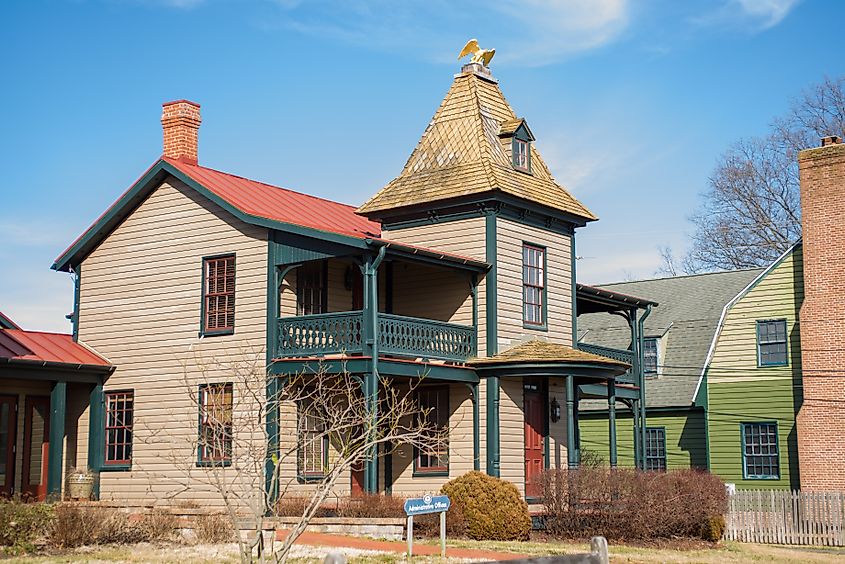
The town of St. Michaels is set on the Chesapeake Bay and boasts stunning water views. The architecture of the town’s buildings and homes is a mix of modern and colonial styles. St. Michaels was founded in the early 1600s and became a center for shipbuilding and seafood export industries. Due to the influence of itinerant Methodist ministers, the town was a Methodist stronghold at one time. By the time of the War of 1812, St. Michaels had established itself as a hub for shipbuilding and supplied the war effort.
In 1813, the town found itself in the middle of the battle, as the British attacked it, attempting to destroy the shipyards. The town’s militia was successful in holding the British off. Visitors should consider exploring the Chesapeake Bay Maritime Museum and the Hooper Strait Lighthouse. St. Michael's downtown historic district offers a chance to see the period architecture up close. Check out commercial attractions like Antiques On Talbot for some interesting finds, and have a bite at Bistro St. Michaels, with its French/American-inspired cuisine.
Cambridge
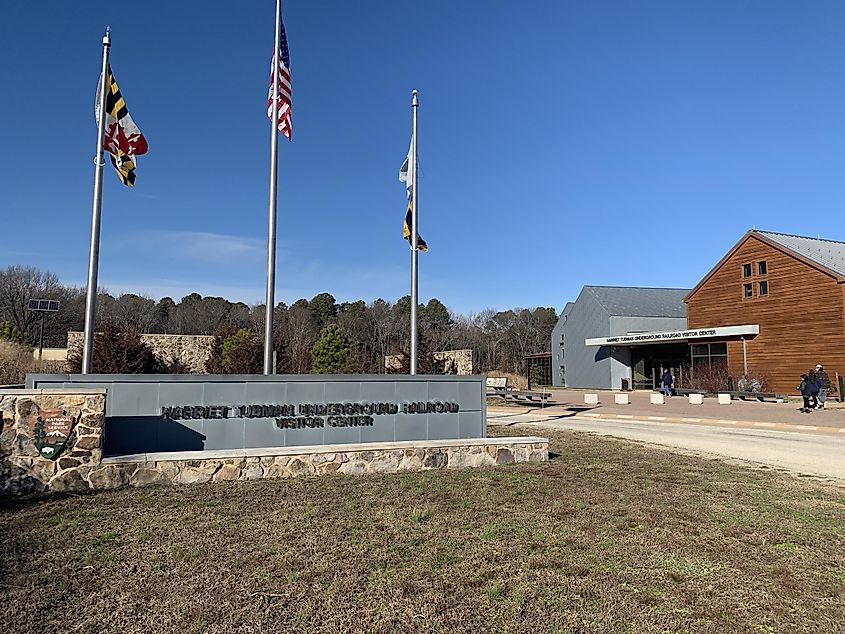
Located on the Choptank River, the town of Cambridge offers delightful views of the water and is enveloped by marshlands. The town has a fascinating and proud history connected to maritime happenings and the Underground Railroad. Cambridge was founded in the 1600s and is one of the oldest towns in the state. The town was built on light industry and food packing services. Harriet Tubman was born in the same county (Dorchester) that Cambridge is in today. Tubman was an escaped slave who went on to become a leader in the abolitionist movement.
One historical landmark that is a must-see is the Harriet Tubman Underground Railroad Visitor Center, located in Cambridge, just a short distance from where Tubman grew up. The Richardson Maritime Museum is the place to learn about the town’s nautical history. Christ Episcopal Church is an exquisite downtown period building to visit. Consider taking the family over to Sailwinds Park for some fun activities and stopping in at Black Water Bakery for some delicious treats.
Havre de Grace
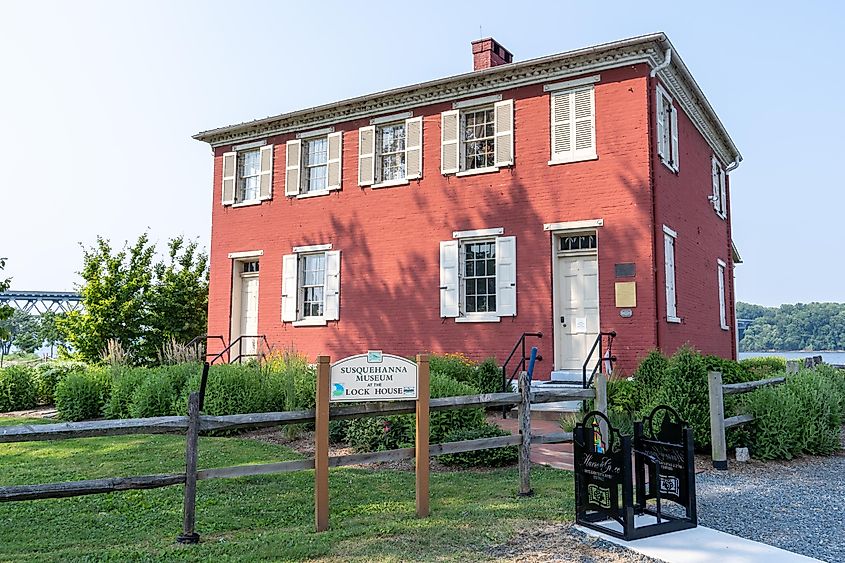
The lovely town of Havre de Grace is situated at the place where the Chesapeake Bay and the Susquehanna River meet, serving to make the town a maritime hub and providing spectacular water views that are still being enjoyed to this day. Captain John Smith, the English soldier and explorer, came up the Susquehanna River in 1608 and entered a treaty with the Susquehannock Indians, which made the later founding of the town possible. General Marquis de Lafayette remarked, “C’est Le Havre!” upon his first sight of the bayside town, as it reminded him of the French port city, Le Havre, and the name stuck.
The town’s waterways became an important transportation hub for both George Washington in the Revolutionary War and later for the Union Army in the Civil War. The town was attacked by the British during the War of 1812 and was largely burned to the ground, with only a few buildings surviving. The historical landmarks to visit are the Concord Point Lighthouse, the Havre de Grace Decoy Museum, and the Steppingstone Museum. The promenade and waterfront area are places to have a meal with a view. Tidewater Grille is one fine example. The antique shops on Washington Street, like Bayside Antiques, are the place to find one's next treasure.
Cumberland
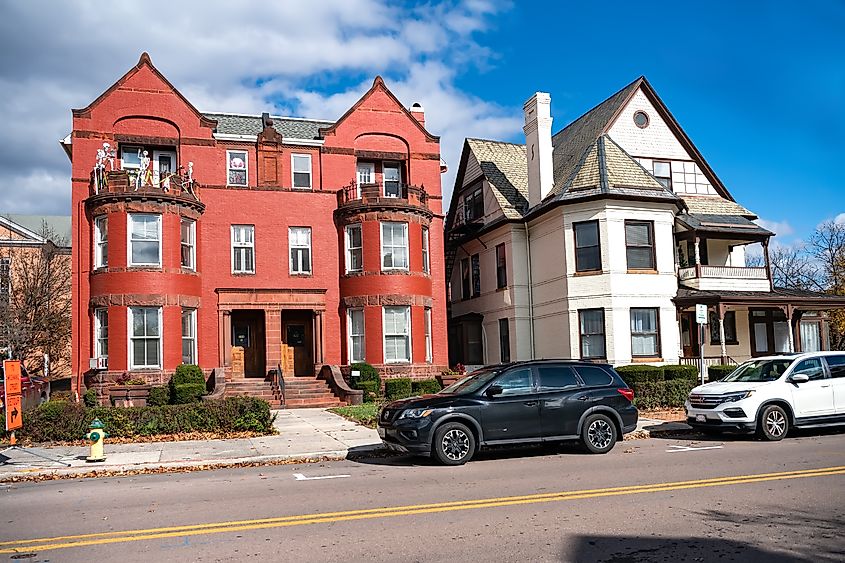
Set in the Appalachian Mountains and originally known as Wills Creek, the town was a trading post in the mid-1700s. Founded in the late 1700s and renamed Cumberland (after the Duke of Cumberland). Fort Cumberland, located where the town is today, was the headquarters for General Braddock and Lt. Col. (at the time) George Washington during the French Indian War. The town served as the point at which the B&O Railroad and the C&O Canal met, making it an important transportation center in early American history. Cumberland was also a vital site, occupied by Union troops during the Civil War. The historic Centre at Cumberland is the place to take in the best period buildings. For an old-timey ice cream parlor experience, visit Queen City Creamery, Cafe, and Deli.
Berlin
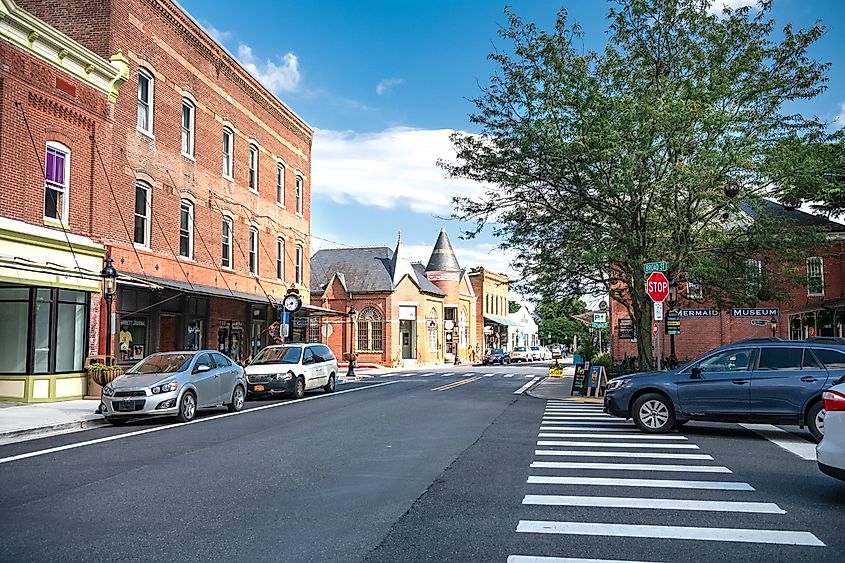
The pleasant town of Berlin is set inland with a well-preserved historic district that oozes Victorian charisma. The town likely gets its name from a popular local tavern and the contraction of the words “Burleigh” and “Inn.” While the village traces its history to the late 1700s, it wasn’t officially incorporated until after the Civil War. Berlin is the birthplace of 19th-century naval hero Stephen Decatur. Berlin’s Historic District has the best period buildings.
Be sure to visit the Calvin B. Taylor House Museum to learn more about the town’s cultural and educational history. The Buckingham Presbyterian Church was built in the mid-1700s and offers a touch of colonial heritage and style. The downtown offers a mix of residential neighborhoods and green spaces. Coconut Bay Trading Company is the place for antiques, and if one is looking for cocktails and live music, The Globe is a former theater turned eatery and lounge, which hits the spot.
The towns in Maryland offer everything from sparkling water vistas to mountain escapes to quiet inland retreats. These villages provide tourists with the opportunity to drive deep into early colonial and American history. Many of these towns were at the very center of the wars and major events that shaped the country, from the French Indian War to the War of Independence, the War of 1812, and the Civil War. Maryland towns were hubs for shipbuilding, transpiration, and trade. Today, they’re known for their beauty, period charm, shopping, and fine dining. Come experience Maryland!
